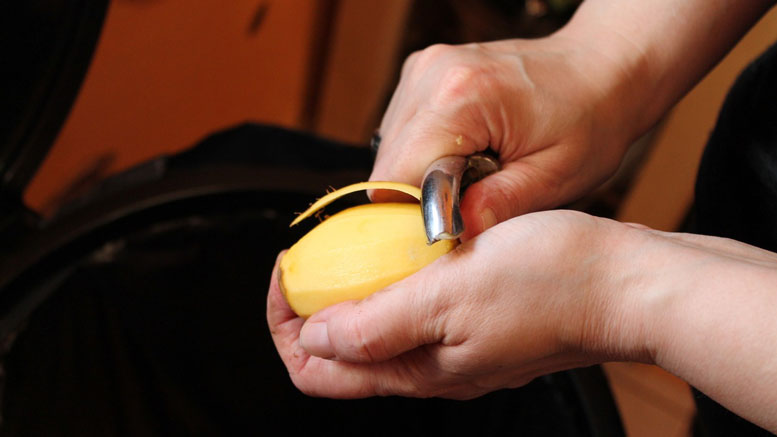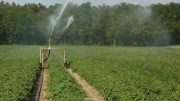|
Click to listen to this article
|
By Dale Lathim
The contract price increases that growers have received around North America the past two years have been a hot topic of debate and hand wringing about whether or not they have been large enough to sustain growers long term.
To be fair, the historical increase of nearly 20 percent annually the past two years would seem like it is a huge win for growers. However, there are many growers in all growing regions who believe the number is far too low and is barely survivable, let alone sustainable. As I have mentioned before in this column, every grower’s circumstances are different and based on their buying power and ability to take delivery. The utilization rate of equipment and storages also has a tremendous impact on the efficiency and, thus, the profitability of each operation. As stated before, those talks are in the rearview mirror now and will not change. But we must understand where we are to set the base for the 2024 contract negotiations.
The increases received for the 2022 crop were a blessing for all growers in that they were enough to keep most growers whole economically, even with the greatly reduced crop yield and size profile. Very few growers lost actual dollars on their potato crop this past year. But at the same time, most did not make nearly as much as they were hoping to for better financial footings going forward. Some processors look at the 20 percent increase in the potato contract and assume growers made good money. However, when yield reductions and deductions for smaller size were applied, the gross revenue per acre was barely above what the same grower received for the most recent “average crop,” which was in 2020.
All growers and processors need to recognize that most growers need to have a couple of good years to make up for the past two challenging seasons. Margins have become too small to completely write off outlier years like 2021 and 2022 and believe that that is what the margins in the contracts are for. We have been running on extremely low margins with the entire industry assuming trend line yields would continue and quality would remain high. What the 2021 and 2022 crops have shown us is that we can no longer count on that and higher margins are needed going forward.
Another aspect I think many may be overlooking by focusing on the volatile variable costs, such as fertilizer, chemicals, land and labor, is how high fixed costs have become. The cost to build, maintain and prepare to replace tractors, harvesters, irrigation pivots, pumps, storages, etc. has more than doubled in the last five years. Historical margins do not come close to covering what it takes to own and maintain first-class potato growing operations.
We at Potato Growers of Washington (PGW) recognize that the past three years have been a huge challenge with the COVID-19 pandemic followed by back-to-back record weather-impacted crops. We are very proud of the fact that we have been able to improve the contract price to levels that work great if Mother Nature gives us an “average crop.” However, we know there is far more work to be done and there are many more aspects such as the margins on variable costs and the ever-increasing fixed costs that need to be addressed very soon. The industry has seen a great deal of consolidation over the past few decades, and we do not want to see that escalate in the coming years. Potatoes have been king of crops to grow in the Columbia Basin, and with the billions of dollars at stake in the frozen potato products industry, we all need for them to remain king for years to come.
We at PGW are up for the challenge and hope to have your support as we go forward.




